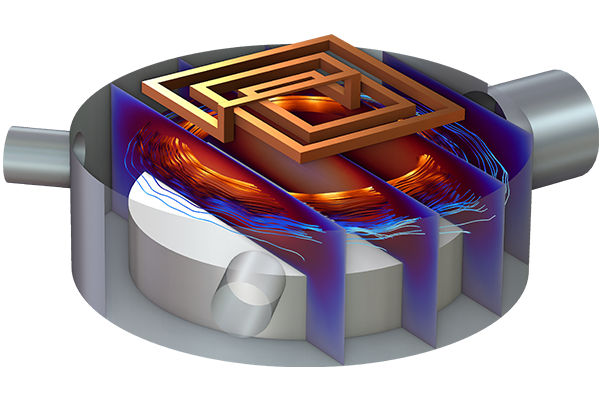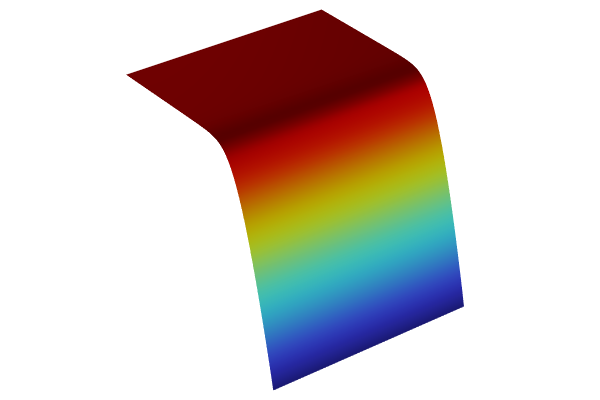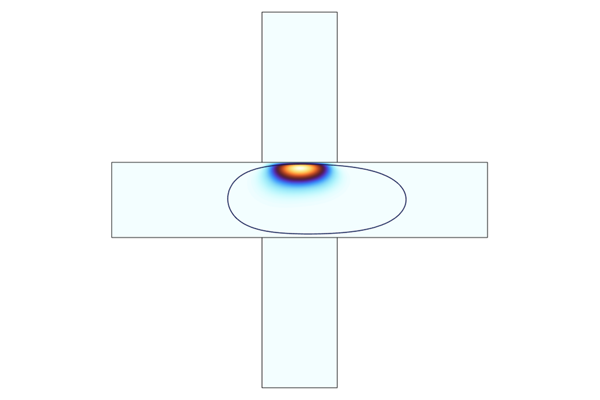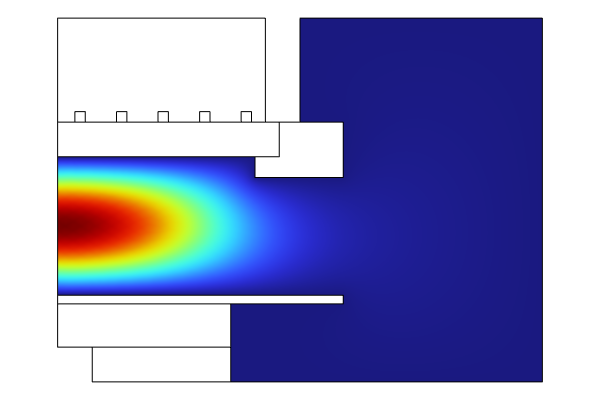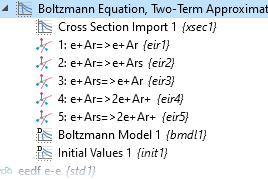Debugging Plasma Models and Using the Plasma, Time Periodic Interface
In Part 3 of our course on modeling nonequilibrium plasma using COMSOL Multiphysics® and the Plasma Module, we begin with a demonstration of debugging a plasma model. Through the demonstration you will learn how to resolve some common error and warning messages (mentioned previously in Part 2). Following this, we take a closer look at one of the specialized physics interfaces for plasma modeling, the Plasma, Time Periodic interface. We provide a detailed introduction to the interface, discuss the applications it is used for modeling, and talk about how it resolves one of the main challenges of capacitively coupled plasma (CCP) modeling.
From there, we highlight several settings in the Plasma, Time Periodic interface as well as features that can be added through the interface, including:
- Extra dimension settings
- The Metal Contact feature
- Options for pulsed discharges
- The Periodic Excitation subnode for dual frequency reactors
- CCP circuits and matching networks
- Specialized study types
- The Time Periodic study
- The Time Periodic to Time Dependent study
We then provide a step-by-step demonstration of how to compute the impedance of a CCP. We first conduct a Time Periodic study, then map that solution to the time domain using a Time Periodic to Time Dependent study, and, finally, compute the FFT of the time domain solution using a Time to Frequency FFT study. We encourage you to follow along in the software — the cross section data that you will need to import is available from the linked Application Gallery entry.
After the demo, there is a brief discussion on when you should use the Plasma interface and important considerations for when using the Plasma, Time Periodic interface. We conclude by offering some general plasma modeling tips, covering:
- Why it is best to start with 1D models for these types of applications
- Why and how you should start with simple chemistry species and reactions and then progressively add complexity to build up to complex chemistries
- Using the Species Group and Species Constraint Group features
- Meshing considerations
- Using an auxiliary sweep in your study
- How to adjust solver settings if it is difficult to obtain convergence
请提交与此页面相关的反馈,或点击此处联系技术支持。

